The Nanoscale journal family were pleased to support the best poster awards and the best early-career researcher awards at the recent #Nanoseries 2025 held in Valencia, Spain from June 17 -20 2025. Please join us in congratulating our winners!
Early-Career Researcher awards
Enrique Lozano-Sanchez
IBMCP (CSIC-UPV), Spain
Multivalent Plant Virus Nanoparticles Functionalized with Nanobodies for Targeted Cancer Therapy and Protein Delivery
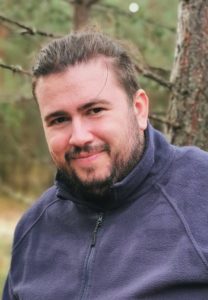
Enrique Lozano-Sanchez is completing his PhD in Biotechnology at the Polytechnic University of Valencia (UPV), working under the supervision of Dr. José-Antonio Daròs, leader of the Plant Virus Biotechnology group at IBMCP (CSIC-UPV). His research focuses on the design of plant virus-derived nanoparticles for nanomedicine purposes. His work integrates synthetic virology, molecular biology and protein-based nanomaterials, combining recombinant viruses with nanobodies to develop novel platforms for biotechnology purposes such as cancer targeting, diagnostic reagent and SARS-CoV-2 neutralization
|
Przemyslaw Pula
University of Warsaw, Poland
In₂O₃-ZnO Core-shell Nanowires using BCP-templated Self-assembly and ALD for High-sensitivity Ethanol Vapor Detection
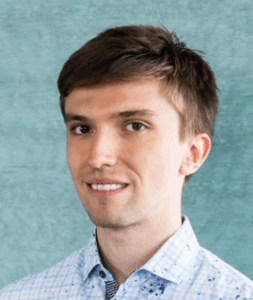
Przemyslaw Pula is an Assistant at the Faculty of Chemistry, University of Warsaw, and a final-year PhD candidate at the Doctoral School of Exact and Natural Sciences, UW. He holds a Master’s degree in Nanostructure Engineering from the Faculty of Physics, UW. My research focuses on block copolymers, with particular emphasis on their self-assembly behavior and templating capabilities within the fields of polymer chemistry and nanotechnology. As presented at the Nanoseries conference, I investigate a scalable, one-step synthesis strategy for fabricating metal oxide nanowires, later used for the fabrication of functional core-shell nanostructures with enhanced capabilities for detecting volatile organic compounds (VOCs).
|
Rajesh Chennuboina
University of Genoa, Italy
Nanostructuring Large-area 2D TMD Thin Films for Light Harvesting and Optoelectronic Applications
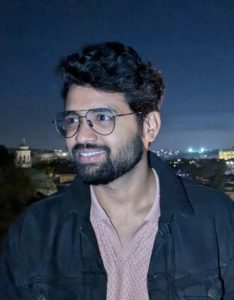
Rajesh Chennuboina is currently pursuing a PhD in Materials Science and Technology at the University of Genoa, Italy. His research focuses on 2D Transition Metal Dichalcogenides (TMDs), particularly MoS₂ and WS₂. He is mainly involved in the growth, fabrication, and nano-structuring of 2D TMDs, with a special emphasis on studying their interaction with light for light-harvesting and optoelectronic applications.
|
Poster prize winners
Noeul Kim
Korea University, South Korea
Structural and Surface-modified Carbon Nanofiber Hosts for High-performance Lithium Metal Batteries
Nurrahmi Handayani
Bandung Institute of Technology, Indonesia
Comparative Evaluation of Functional Monomers in Molecularly Imprinted Polymer Nanofibers for the Removal of the Antidepressant Compound Amitriptyline
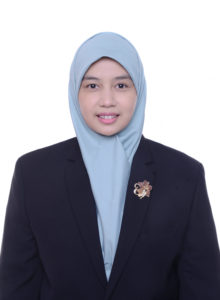
Nurrahmi Handayani is a lecturer and researcher at Institut Teknologi Bandung (ITB), Indonesia. Her work focuses on analytical chemistry, particularly in developing functional materials like Molecularly Imprinted Polymers (MIPs), nanomaterials, and electrochemical sensors for environmental and biomedical applications. She is especially interested in sustainable and green chemistry approaches and enjoys collaborating with others to find creative solutions to analytical challenges.
|
Monet Sawyer
Boise State University, USA
Graphene Foam Bioscaffolds for Modulating Cellular Behavior and Mechanical Properties Under Scaffold-coupled Electrostimulation
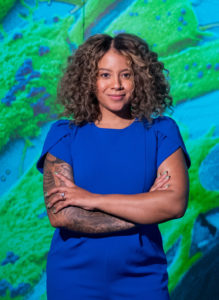
Dr. Mone’t Sawyer is a biomedical scientist and recent Ph.D. graduate from Boise State University, where she conducted her doctoral research in the Advanced Nanomaterials Manufacturing Laboratory under the mentorship of Dr. David Estrada. Her work sits at the interface of nanotechnology, biofabrication, and regenerative medicine, with a specific focus on electroactive bioscaffolds for tissue engineering.
Dr. Sawyer’s research explores how nanoscale material properties can be leveraged to direct stem cell behavior and drive tissue regeneration. She developed and patented custom bioreactor systems capable of delivering scaffold-coupled electrical stimulation to three-dimensional cultures, uncovering new insights into how biophysical cues influence matrix formation, gene expression, and mechanical properties. Her interdisciplinary work combines advanced materials characterization, proteomics, and mechanobiology to address longstanding challenges in musculoskeletal repair.
|















